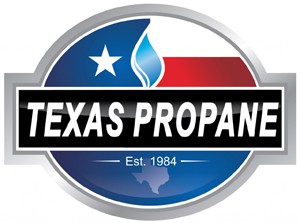
Residential propane backup generators offer homeowners peace of mind during unexpected power blackouts by providing a continuous flow of power. So much of our daily lives revolve around electricity and home backup generators allow you to run appliances such as air conditioners, sump pumps, refrigerators, heaters, washers/dryers and lights even when power is down. However, it essential to plan ahead when purchasing and operating your home propane generator. We have put together a few home propane generator purchasing and operating tips for homeowners.
Purchasing and Operating Your Home Propane Generator
Size and Installation
Proper sizing of your generator is essential to the success of any installation. Choosing the right size generator comes down to the number of appliances and systems you want to operate during an outage. A few common home essentials include the following:
- Central A/C
- Water heater
- Heat pump
- Gas furnace
- Electric garage door
- Sump/well pump
- Lights
- Home security
- Refrigerators and freezers
- Ovens and cooktops
- Microwaves
- Washers and dryers
When it comes to installing a propane backup generator for your home, make sure to contact a professional installation service with experience and training to handle both the electrical and HVAC requirements.
Safely Running Your Generator
Propane generators are designed to safely run for many years. However, proper installation and maintenance is essential for longevity of your generator. The following are a few maintenance tips to follow to ensure your propane generator lasts for years to come:
- Get regular service. Professional generator maintenance at least once a year is essential.
- Run your generator periodically. Make sure to run your generator for about 15-20 minutes about once every three months during the spring, summer and fall. You can run it once a month during the winter to keep parts lubricated.
- Keep fuel on hand. It is essential to keep enough propane in your generator to run it for at least a week in the even of a power outage. If you are running low, schedule a propane delivery with Texas Propane.
- Have a preparedness plan. Have a backup plan if your generator does not start. If you plan on leaving for vacation or traveling on business when there’s severe weather in the forecast, make sure someone has access to your home and generator in the case of an emergency.
- Monitor generator use. Record any incident in which your propane generator is called into service, along with any issues that occur.
- Keep your tank accessible for fueling. There needs to be at least a 12 inch pathway to your generator which is clear of snow and debris for service and refueling.






